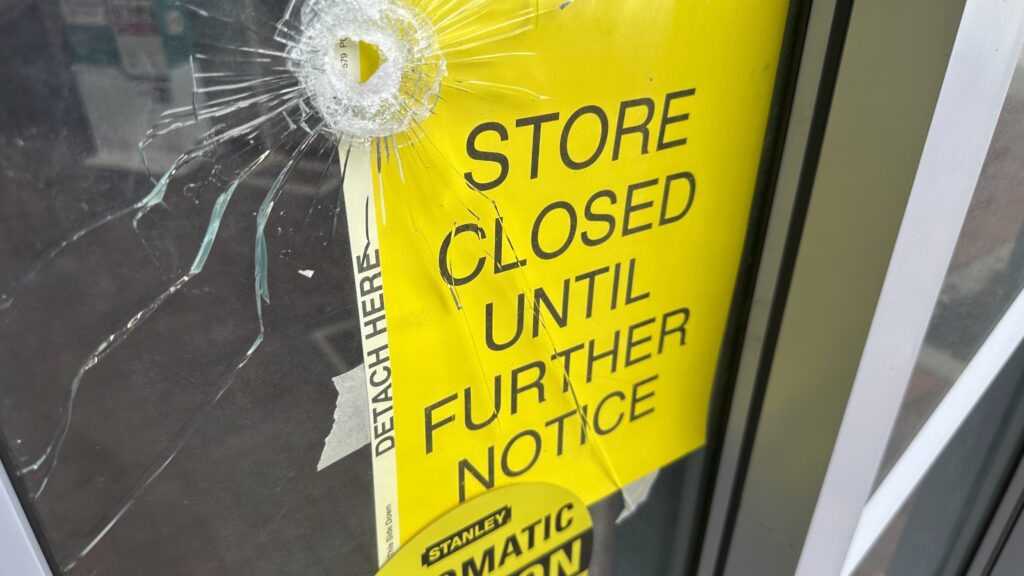CDC Reopens After Targeted Attack, Grapples with Security Concerns and Misinformation’s Role
The Centers for Disease Control and Prevention (CDC) reopened its Atlanta campus on Saturday, just a day after a gunman opened fire on the building, killing a security officer and injuring another. In a call with staff, CDC Director Dr. Susan Monarez announced a comprehensive security assessment, acknowledging both successes and areas needing improvement in the emergency response. While some staff expressed gratitude for the swift action of law enforcement, others who sheltered in place during the attack voiced concerns and a sense of vulnerability, seeking clarification on what measures had actually worked effectively during the crisis. The incident has shaken the agency, forcing it to confront not only immediate security concerns but also the potential role of rampant misinformation in inciting violence.
The Georgia Bureau of Investigation identified the shooter as 30-year-old Patrick Joseph White of Kennesaw, Georgia. Anonymous law enforcement sources, cited by the Associated Press, revealed a disturbing backstory: White’s father had contacted authorities expressing concern that his son might be the shooter, explaining that White was distraught over the death of his dog and had developed a fixation on COVID-19 vaccines, blaming them for causing depression and suicidal thoughts. This information, while preliminary, has raised serious concerns within the CDC and beyond about the potentially dangerous consequences of misinformation and conspiracy theories related to public health.
In response to the attack, the CDC has immediately ramped up security measures, deploying additional teams to the campus and initiating “intensive monitoring” of all current and past threats to the agency, even though evidence suggests the shooter acted alone. The CDC is also providing extensive support to its staff, offering administrative leave to those trapped in the building during the shooting and expanding the capacity of the Employee Assistance Program to address the emotional toll of the event. Staff described harrowing experiences, including witnessing the shooting firsthand, and expressed a need for guidance on how to respond to similar situations in the future.
The attack has also brought into focus the contentious issue of misinformation surrounding COVID-19 and vaccines. In an email to staff, acting chief operating officer Christa Capozzola confirmed that the shooting was a targeted attack on the CDC related to COVID-19, further solidifying concerns about the real-world impact of online conspiracies. During the staff call, employees directly questioned Dr. Monarez about Health and Human Services (HHS) Secretary Robert F. Kennedy Jr.’s response to the crisis and the agency’s plans to address the misinformation suspected to have motivated the shooter. Monarez confirmed communication with the Office of the Secretary but stopped short of saying she had directly spoken with Kennedy.
Kennedy, who was in Alaska at the time of the shooting for meetings with tribal and state leaders, issued a statement on X (formerly Twitter), expressing sadness over the attack and reaffirming the agency’s commitment to public health. This statement, however, came shortly after Kennedy posted photos from a fishing trip on his personal X account, a juxtaposition that drew criticism. He also sent an email to all HHS staff expressing solidarity and offering prayers. Despite these messages, some critics, including the group Fired But Fighting, called for Kennedy’s resignation, alleging that his public pronouncements about science and vaccines had fueled a climate of hostility and distrust towards the CDC.
The attack has left the CDC campus physically and emotionally scarred. Buildings sustained damage from gunfire and the subsequent law enforcement operation, creating a challenging environment for returning staff. Agency leaders acknowledged that the campus would not feel the same and emphasized the importance of supporting each other during the difficult recovery process. A collection was organized for the family of the slain officer, a gesture of solidarity and support within the grieving agency. The incident serves as a stark reminder of the vulnerability of public health institutions and the urgent need to address the spread of misinformation that can incite violence and undermine trust in science. The CDC now faces the complex task of not only enhancing physical security but also combating the insidious threat of false narratives that endanger both its employees and its critical mission.


